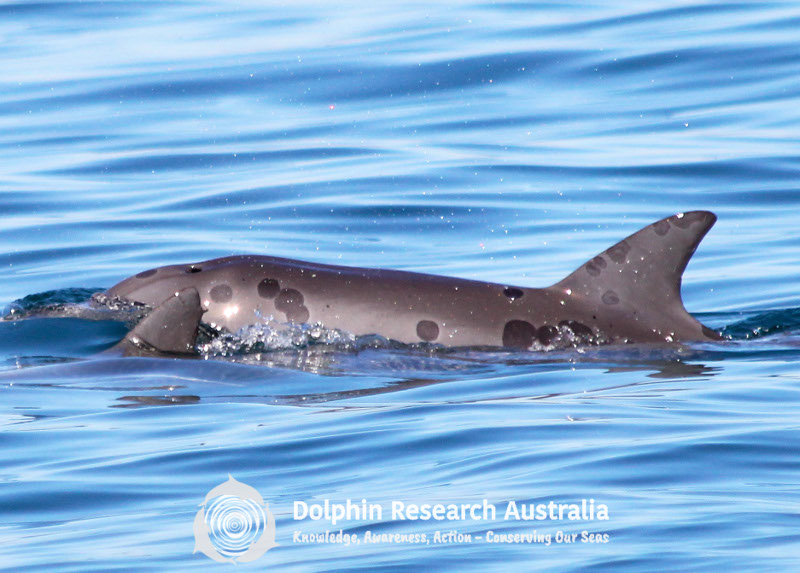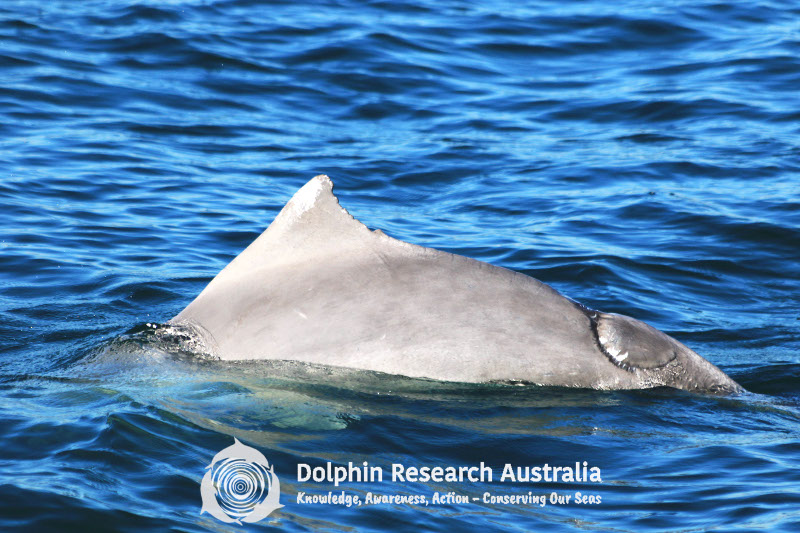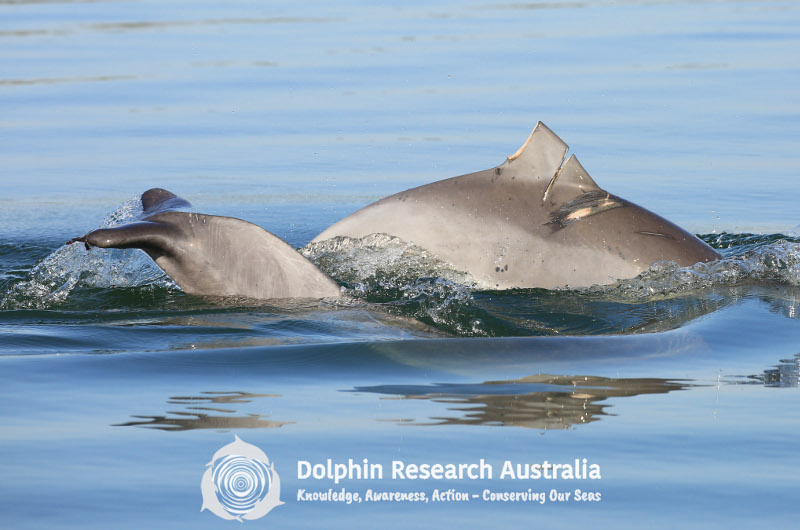New study helps to inform Moreton Bay dolphin population health using skin lesions and injuries
Study highlights:
- The study is the first to describe and establish a catalogue of different types of skin lesions in the threatened Australian humpback dolphins.
- The prevalence of skin lesions and injuries were compared between Australian humpback dolphins and Indo-Pacific bottlenose dolphins in Moreton Bay, Queensland.
- 15 different types of lesions and injuries were detected for both dolphin species.
- 30% of the bottlenose and 11% of the humpback dolphins showed scars and injuries from fishing line entanglements and boat strikes.
- Findings from this study provide an important baseline to inform ongoing health monitoring and conservation efforts of these vulnerable dolphin populations inhabiting a near-urban embayment.
New research from our Dolphin Research Australia team has revealed the extent of skin lesions and injuries on the resident Australian humpback and Indo-Pacific bottlenose dolphins in Moreton Bay, Queensland. This study was also the first to describe and establish a catalogue of different types of lesions for the threatened Australian humpback dolphin. Such assessments can provide a useful insight into the health of dolphin populations and the level of impact from different threats. Using photographs, researchers examined the skin of 226 individual dolphins and recorded the different types of lesions, scars and injuries.

Tattoo-skin lesions (‘pox’) on an Indo-Pacific bottlenose dolphin calf in Moreton Bay, Queensland.
Some types of skin lesions have been related to different types of fungi, bacterial infestations, viruses, diseases and other potentially infectious pathogens. Seven different types of skin lesions potentially associated to such causes were identified and affected 48% of the humpback dolphins and 61% of the bottlenose dolphins in Moreton Bay. Such lesions can be an indication of immune dysfunction which can be related, in some cases, to different environmental stressors (e.g., pollution and habitat degradation) along with other factors. While the research could not ascertain the cause of these lesions, it does provide a reliable baseline for monitoring of emerging diseases and the health of these dolphin populations.
The researchers also assessed the different injuries and scars on the two dolphin species. Findings revealed that humpback dolphins appear to be more susceptible to attacks from sharks, with 49% of this species having scars from shark bites, compared to 39% of the bottlenose dolphins.

Healed bite wound from a shark on an Australian humpback dolphin.
The research also revealed concerning levels of scars and injuries from human activities. Over 30% of bottlenose dolphins and 11% of Australian humpback dolphins showed scars and injuries consistent with fishing gear entanglements and boat strikes. This indicates that these activities pose a major direct threat to these populations. Researchers recommend targeted education for boaters and fishers in the region to address this issue.

Fresh cuts from a boat propeller on an Indo-Pacific bottlenose dolphin calf.
As the human population in South East Queensland continues to rise, anthropogenic activities and associated threats, including boating and fishing, expansion of urban areas, coastal development and pollution, will intensify and place greater pressure on these dolphin populations. Findings presented here can be used to directly inform and monitor the impacts of management and conservation efforts to facilitate the coexistence of both humans and dolphins in Moreton Bay.
Published in the international journal Aquatic Mammals, read the full article here or contact us (info(at)dolphinresearchaustralia.org) for a copy.
Hawkins, E.R., Gustavsson, M., Pogson-Manning, L., Pheloung, H. & Jaehnichen, C. (2022) Prevalence of Skin Lesions and Injuries in Australian Humpback Dolphins (Sousa sahulensis) and Indo-Pacific Bottlenose Dolphins (Tursiops aduncus) in Moreton Bay, Queensland, Aquatic Mammals, 48(4), 297-313.


